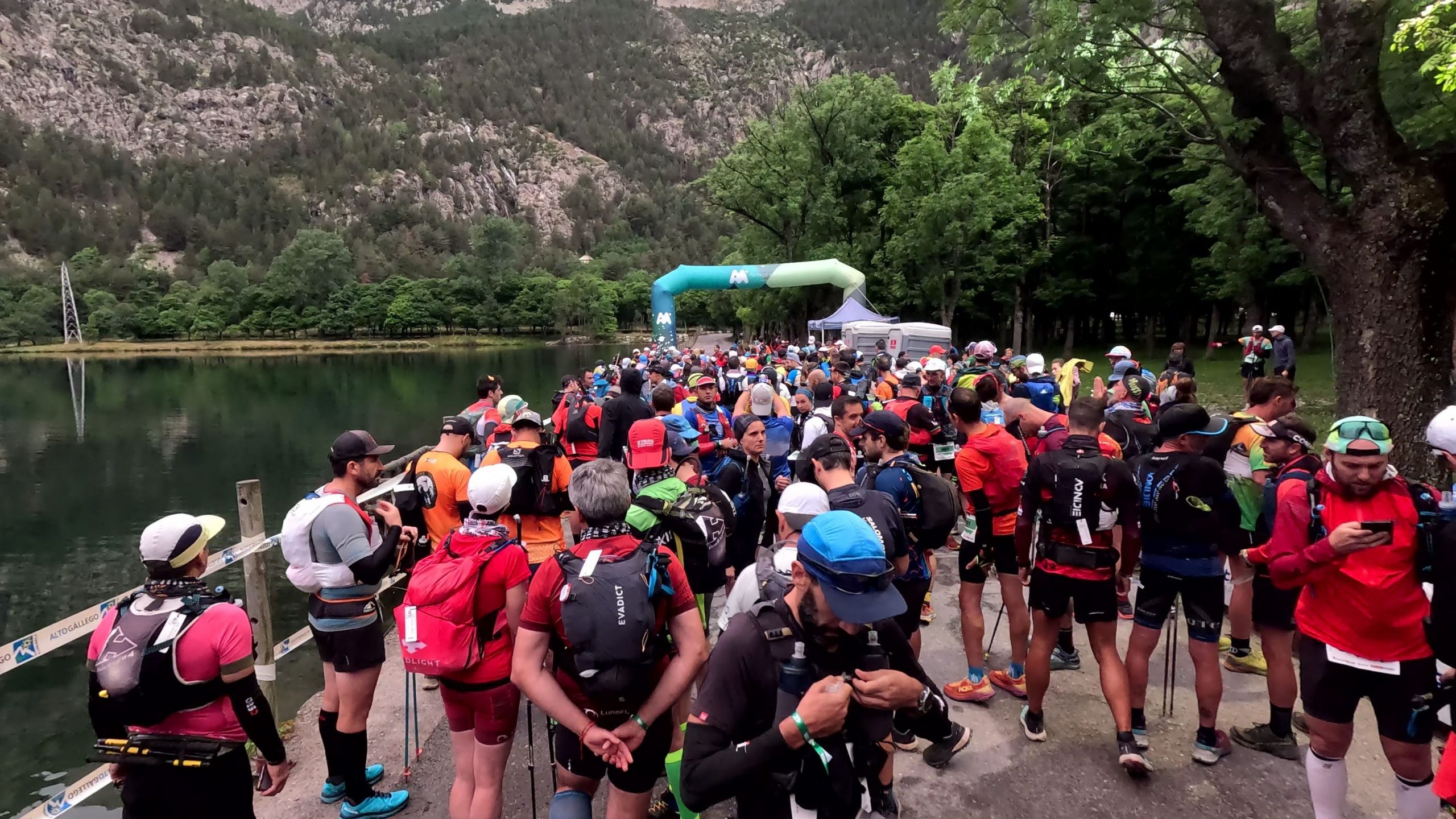The Foundation of Effective Trail Running Begins with Your Feet
Trail running is an exhilarating sport that challenges not only your endurance but also your agility and strength. While many runners focus on building cardiovascular fitness and leg power, the true foundation of effective trail running starts with your feet.
Strong, resilient feet are crucial for maintaining proper form, enhancing performance, and preventing injuries on unpredictable terrains. Neglecting foot strength can lead to instability, inefficient biomechanics, and increased injury risk—problems that many trail runners unknowingly struggle with.
Why Foot Strength Matters in Trail Running
Your feet are the first point of contact with the ground, absorbing impact and providing propulsion. If they lack strength and mobility, the entire kinetic chain—from ankles to hips and even shoulders—can be affected.
Research has shown that foot strengthening exercises can reduce running-related injuries by up to 41% (Trail Runner Magazine). This highlights the importance of training the feet just like any other major muscle group in the body.
Case Study: How Foot Weakness Affected Running Form
To illustrate this, let’s look at an analysis conducted by Arduua Coach David Garcia on Katinka Nyberg, the founder of Arduua. Her running technique issues were traced back to foot instability:
🔹 Right Foot Weakness → Poor Glute Activation
- A weak right foot and big toe led to reduced push-off and stability.
- This resulted in poor activation of the right gluteus maximus, causing the right gluteus medius to overcompensate, leading to tightness and overload.
🔹 Cross-Body Compensation → Shoulder Imbalance
- The right foot instability also affected upper-body control, causing weakness in the right scapula and shoulder region.
🔹 Left Side Overcompensation
- Because the right side wasn’t providing enough stability, the left glute minimus and piriformis became overworked, causing hip tightness and discomfort.
This is a perfect example of how foot strength (or lack thereof) impacts the entire body.
Katinka: I’ve bee doing the feet training and rehab for a while now and the running feels so much more comfortable. And the best part. When I wake up in the morning walking barefoot my feet are all soft, and not superstiff moving like an old lady as before.
How to Strengthen Your Fees for Trail Running
If you want to improve your running efficiency and reduce the risk of injuries, foot and lower leg strengthening should be a priority. Here’s a structured approach based on Coach David’s recommendations:
1️⃣ Posterior Tibial Strengthening (Arch & Foot Stability)
📌 Goal: Improve foot arch control and stability.
✅ Exercises:
✔️ Ball Raises – Squeeze a ball between heels while performing heel raises.
✔️ Ankle Inversion with Resistance Band – Strengthen inner ankle stability.
✔️ Ankle Eversion with Resistance Band – Try to bring the outside of the foot up.
✔️ Towel Scrunches – Strengthen foot intrinsic muscles by grabbing a towel with your toes.
✔️ Dorsiflexion with Resistance Band – Improve front ankle strength.
✔️ Concentric – 2 Foot raises lowered with one foot. Slow lowering and trying to lengthen it.
📍 Reps & Sets: 2-3 sets of 15 reps, progress by adding weight or increasing band resistance.
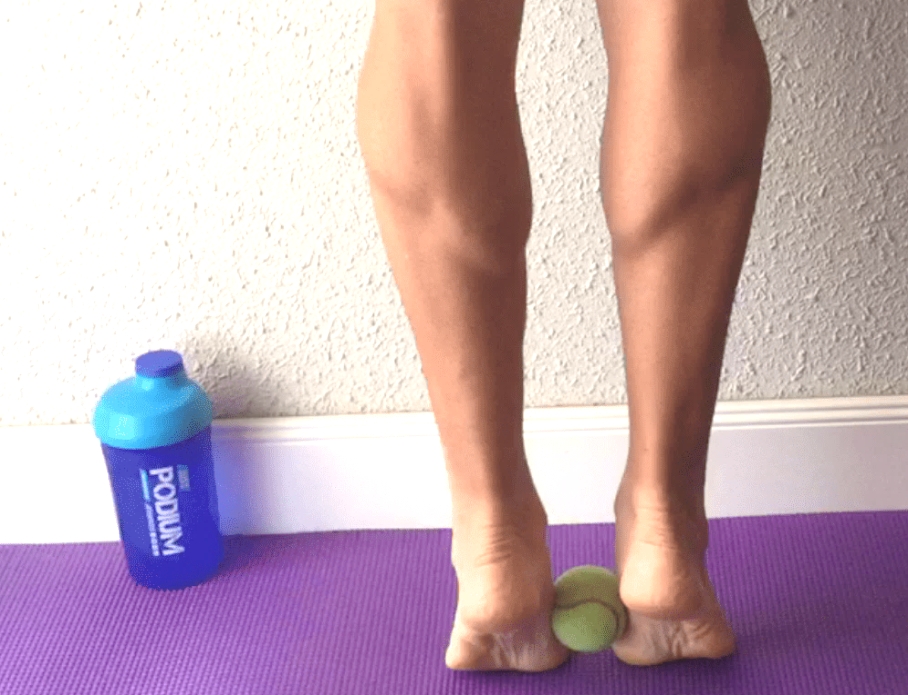
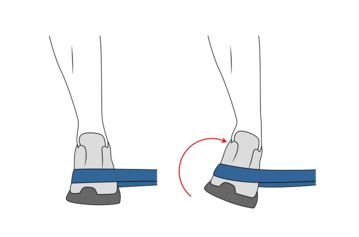
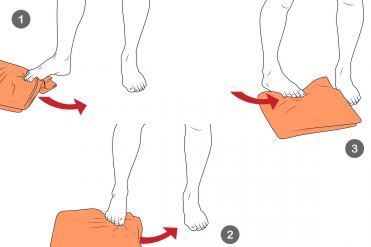
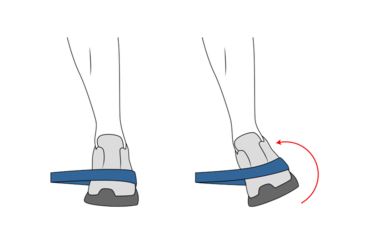
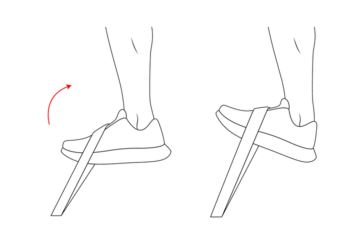
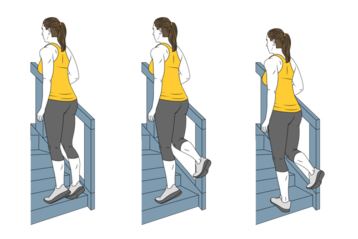
2️⃣ Tibialis Anterior/Posterior & Soleus Activation (Better Ground Contact & Stability)
📌 Goal: Strengthen the lower leg muscles responsible for shock absorption and propulsion.
✅ Exercises:
✔️ Heel Raises with Load – Train the calves and Achilles for better push-off.
✔️ Dorsiflexion with Resistance Band – Strengthen the shin muscles for foot control.
✔️ Soleus Strengthening with Load – Improve deep calf strength for endurance.
📍 Reps & Sets: 2-3 cycles of 10 reps per leg.
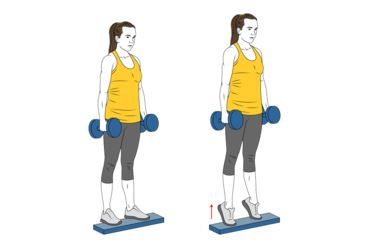
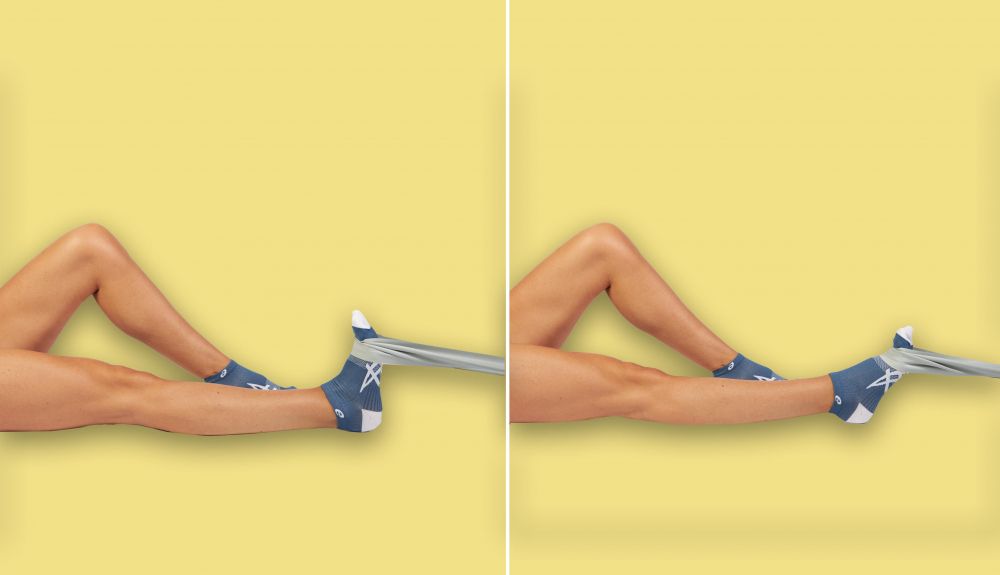
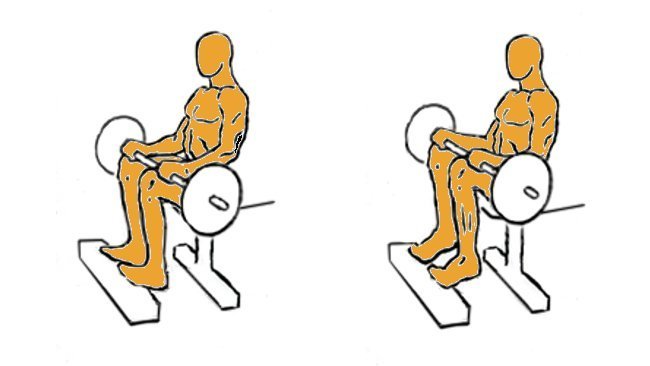
3️⃣ Lower Leg & Foot Strength Training (Eccentric, Isometric & Plyometric Work)
📌 Goal: Improve strength, coordination, and reactive power in foot and lower leg muscles.
✅ Exercises:
✔️ Eccentric Heel Drops – Strengthen ankle stability by slowly lowering from a step.
✔️ Isometric Heel Holds – Hold heel raises at different heights.
✔️ Quick Bounces on One Foot – Simulate rapid trail running foot contact.
✔️ Toe Flexor Strengthening – Improve grip strength with towel scrunching.
✔️ Dorsiflexion of the toes with fixation of the big toe
✔️ Dorsiflexion of the big toe
📍 Reps & Sets: 2-4 sets of 15-20 reps, or hold isometric positions for 15-20 seconds.
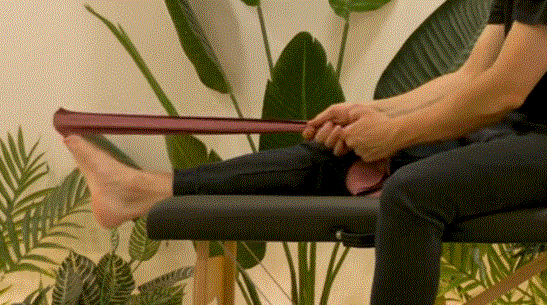
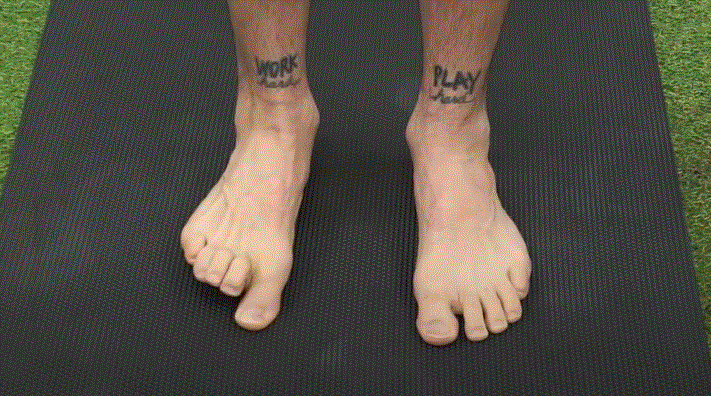
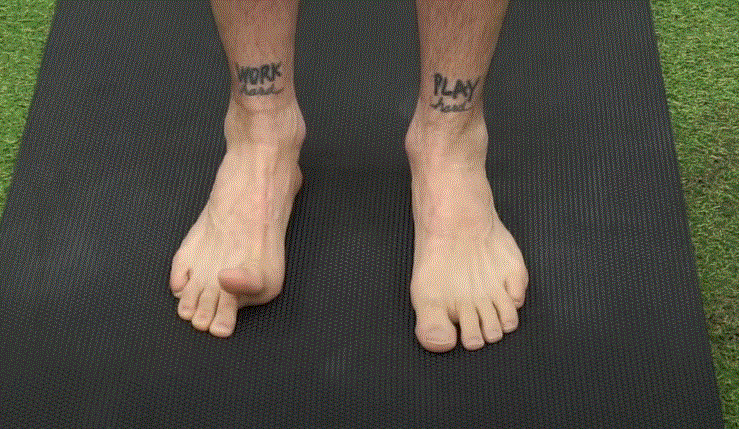
4️⃣ Foot Mobility & Stability Drills (Injury Prevention & Recovery)
📌 Goal: Improve foot flexibility, joint mobility, and stability for better movement efficiency.
✅ Exercises:
✔️ Toe Walking & Heel Walking – Strengthen the toes, ankles, and arch.
✔️ Towel Drag – Strengthen foot intrinsic muscles.
✔️ Big Toe Activation (Short Foot Exercise) – Activate the arch for stability.
✔️ Toe & Tibialis Stretches – Increase mobility and prevent stiffness.
Train Smarter: Fix Your Feet, Improve Your Running
If you’re experiencing imbalance, instability, or recurring injuries, foot strength might be the missing piece in your training. Just as you train your core for stability, your feet require targeted exercises to support better biomechanics.
🎯 Let us help you with your trail running training and become injury-free!
Try Arduua’s Online Running Biomechanics Analysis
🏃♂️ What You Get:
✅ Full Running Form and Running Technique Analysis
✅ Kinematics Analysis
✅ Neuromuscular Testing
✅ Sports History & Anamnesis
✅ Video Analysis in 3 Main Planes
✅ 30-Minute Personalized Video Consultation
✅ Comprehensive Written Report
📩 Book your Running Biomechanics Analysis today!
🔗 https://arduua.com/product/online-running-biomechanics-analysis/
Need a full individualized training plan?
We also offer custom training plans & personal coaching tailored to your needs. Whether you’re training for a 5K, ultra-marathon, or 100-mile race or longer, we’ve got you covered!
Good luck with your training, and feel free to reach out with any questions! 💪🏃♀️
📖 Insights & expertise by Arduua Coach David Garcia
✍️ Blog by Katinka Nyberg, Arduua Founder


